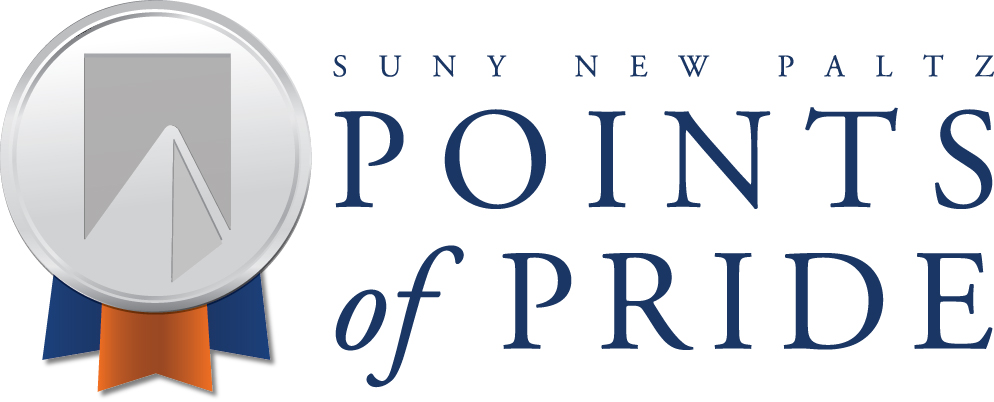On September 25th, the Office of Campus Sustainability hosted a walking tour of on campus water quality research sites and green infrastructure. Green infrastructure is an approach to water management that protects, restores, or mimics natural water cycles. SUNY New Paltz has implemented green infrastructure practices to improve the water quality of the Saw Mill Brook Watershed and the Hudson River Estuary. Green infrastructure practices also enable the campus and the watershed to adapt to changing weather patterns due to climate change.
The group visited four green infrastructure sites including the stormwater diffuser and permeable pavement at the Route 32 parking lot, the rainwater cistern for irrigation at LeFevre Hall, and the vegetated swale at the ponds across from Crispell Hall. There are a total of seven green infrastructure sites on campus. The locations that were not visited include six bioretention areas with dry swale at the Lenape parking lot, four bioretention areas at Ridgeview Hall, and the the underground 12,500 gallon rainwater cistern at Wooster Hall. The Wooster rainwater cistern collects and stores rainwater from the roof to be used for flushing toilets and urinals in the Wooster Building.
Environmental Health and Safety Director Mike Malloy shared his contributions to pond water quality including manual algae removal over the summertime, Augie the dog’s efforts to scare away geese, and his thoughts on fishing policies.
Two faculty members, John Rayburn and Huicheng Chien shared their research on water quality in and around the ponds. John Rayburn and his students have been taking water samples to measure the total dissolved solids at one upstream and one downstream point at the pond. Huicheng Chien assessed the impact of no mow zones on water quality.
















